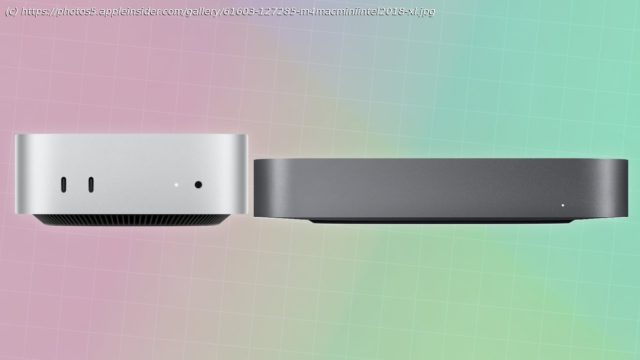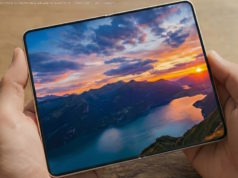The new M4 Mac mini is an incredible opportunity for Intel Mac owners to finally move to Apple Silicon. Here’s what has changed in the six years since the last Intel Mac mini’s release.
The new M4 Mac mini is an incredible opportunity for Intel Mac owners to finally move to Apple Silicon. Here’s what has changed in the six years since the last Intel Mac mini’s release.
Apple has managed to reach its fourth generation of Apple Silicon Mac sales, with its self-designed chip proving to be very popular with consumers.
It marks four years since Apple started its transition away from Intel chips over to its own designs. That migration was at least in part prompted by Intel’s failure to keep up with Apple’s demands.
October’s week of Mac announcements saw the introduction of a New Mac mini, updated with the M4 chip and a brand new design. It’s only the third generation of Mac mini using Apple Silicon, as Apple skipped the M3 for the entry-level model.
However, it’s also been over six years since Apple released its last Intel-based Mac mini. However, owners of Macs keep their hardware for three or more years in general, with that trend increasing over time.
It’s now about the time that Intel Mac users will start to consider an upgrade. With its relatively low price and compact size, the Mac mini is probably the best direction for those upgrades.
Here’s where the differences lie in the old guard’s last release, and the newest option.
M4 Mac mini vs Intel Mac mini -SpecificationsM4 Mac mini vs Intel Mac mini — Design, weight, size
One of the deceiving things about the Mac mini is that Apple has kept to practically the same design for a very long time. Just glancing at the 2018 Intel Mac mini and the M1 or M2 Apple Silicon versions can be confusing, without looking around the back.
This is in part due to Apple’s habit of reusing designs for its products, with it offering refinements to the form every so often. But the design of the Mac mini has been pretty much ideal for Apple so far, with it having no real need to change its external construction at all over the years.
It also helps that doing so makes it an immediately recognizable product.
Mac mini m4
Save up to $50, plus $20 off AppleCare, with promo code APINSIDER at Adorama.
The Intel Mac mini uses Apple’s usual thin rounded aluminum enclosure, with a rear section containing all of the connections.
At 7.7 inches by 7.7 inches, the size of the Intel Mac mini hasn’t changed in a long time, and marries up with the M1 and M2 versions very well. At 1.41 inches thick, it’s also about the same as the models that followed it.
For the M4 release, that all changed, as Apple finally made the Mac mini even more mini. It’s still got an aluminum enclosure, but it has a much smaller five-inch-square footprint.
Simultaneously, it’s gained a bit of height, but not too much. The two-inch height is a bit more than the previous design and also makes the Mac mini look like a small Mac Studio.
Adding to this effect is the new front-facing ports, which is a major change for the model. This makes it a lot easier for users to quickly plug things in, without needing to reach around the back.
The weight of the Mac mini has reduced over time, with the 2.9-pound Intel one followed by slightly lighter Apple Silicon. This has continued with the M4, with the weight of 1.5 pounds increasing to 1.6 pounds if you go for the M4 Pro version.
That lighter weight may be useful for users who regularly need to press the power button, as that has shifted from the rear to the base of the device.
M4 Mac mini vs Intel Mac mini — Performance
The last Mac mini using Intel chips actually offered three configurations to users. All of them were eighth-generation Intel Core processors, equipped with Intel UHD Graphics 630.






